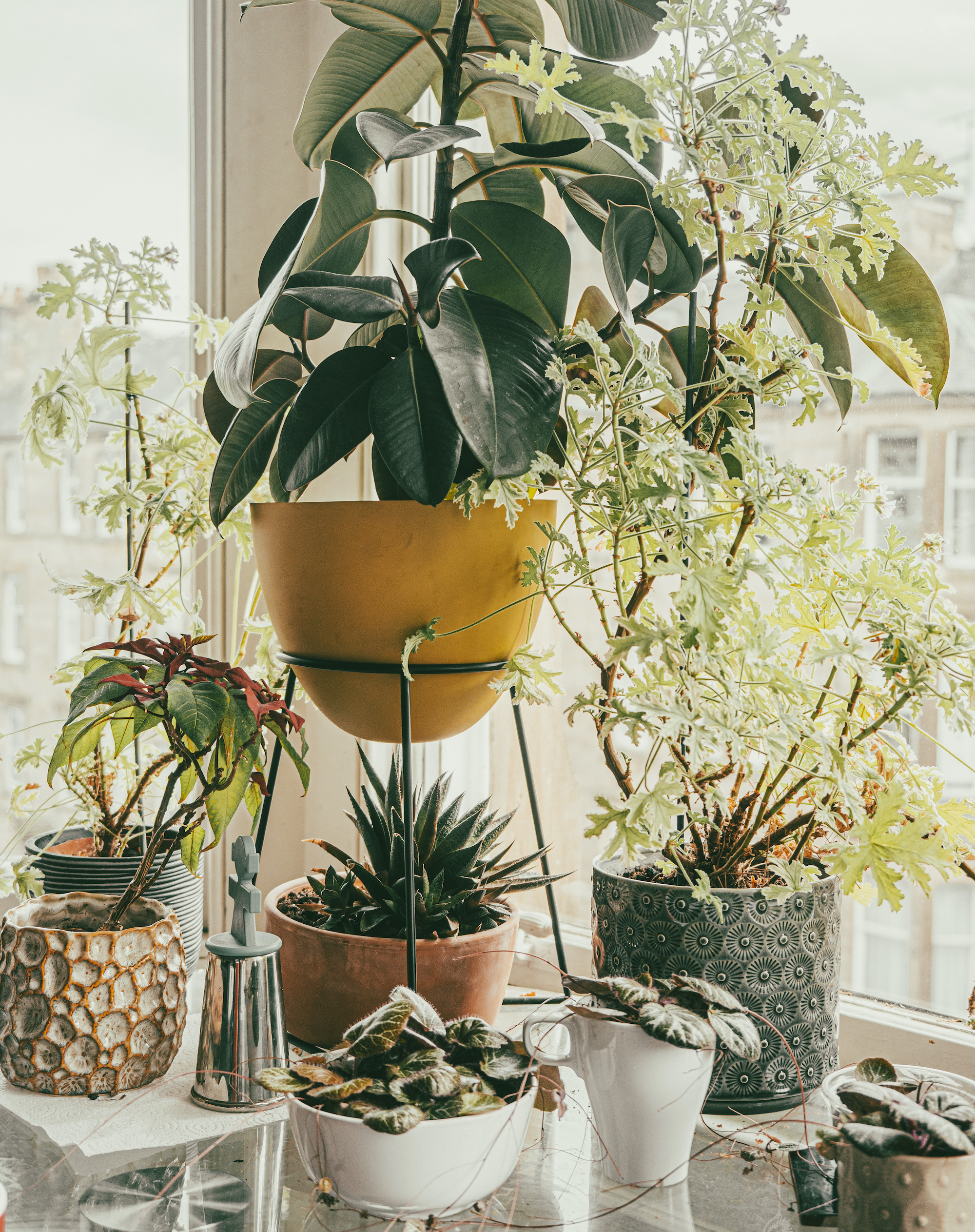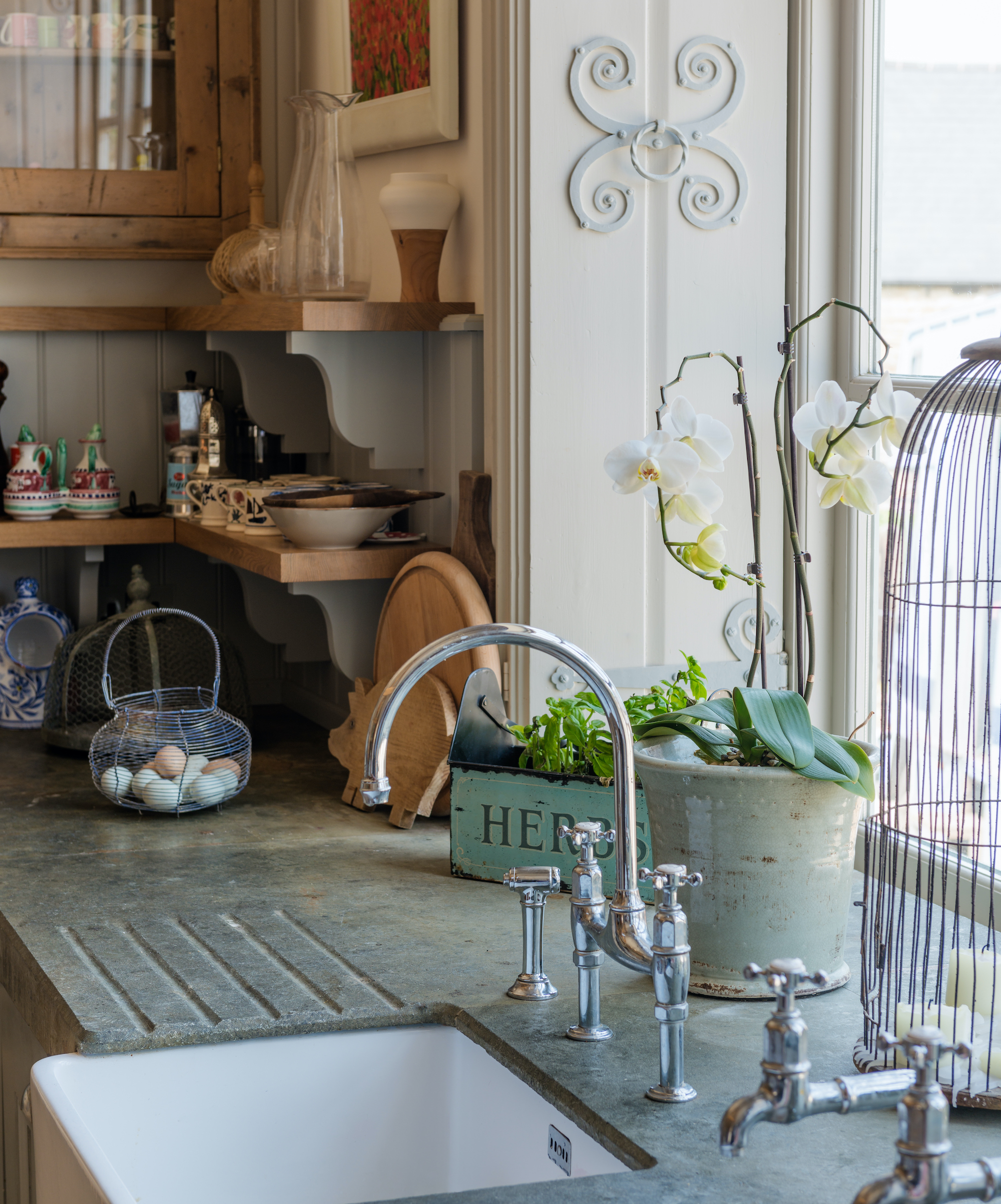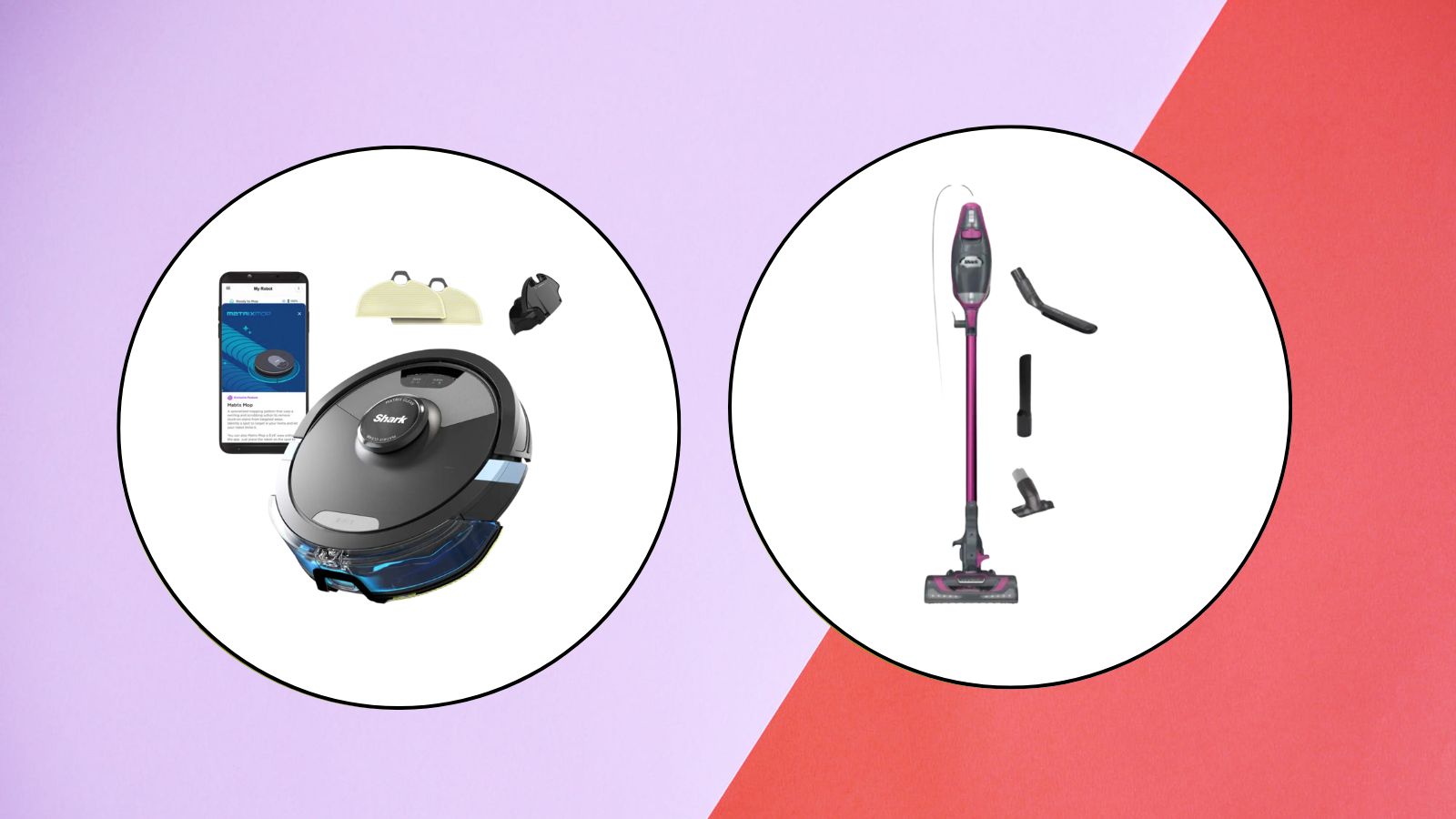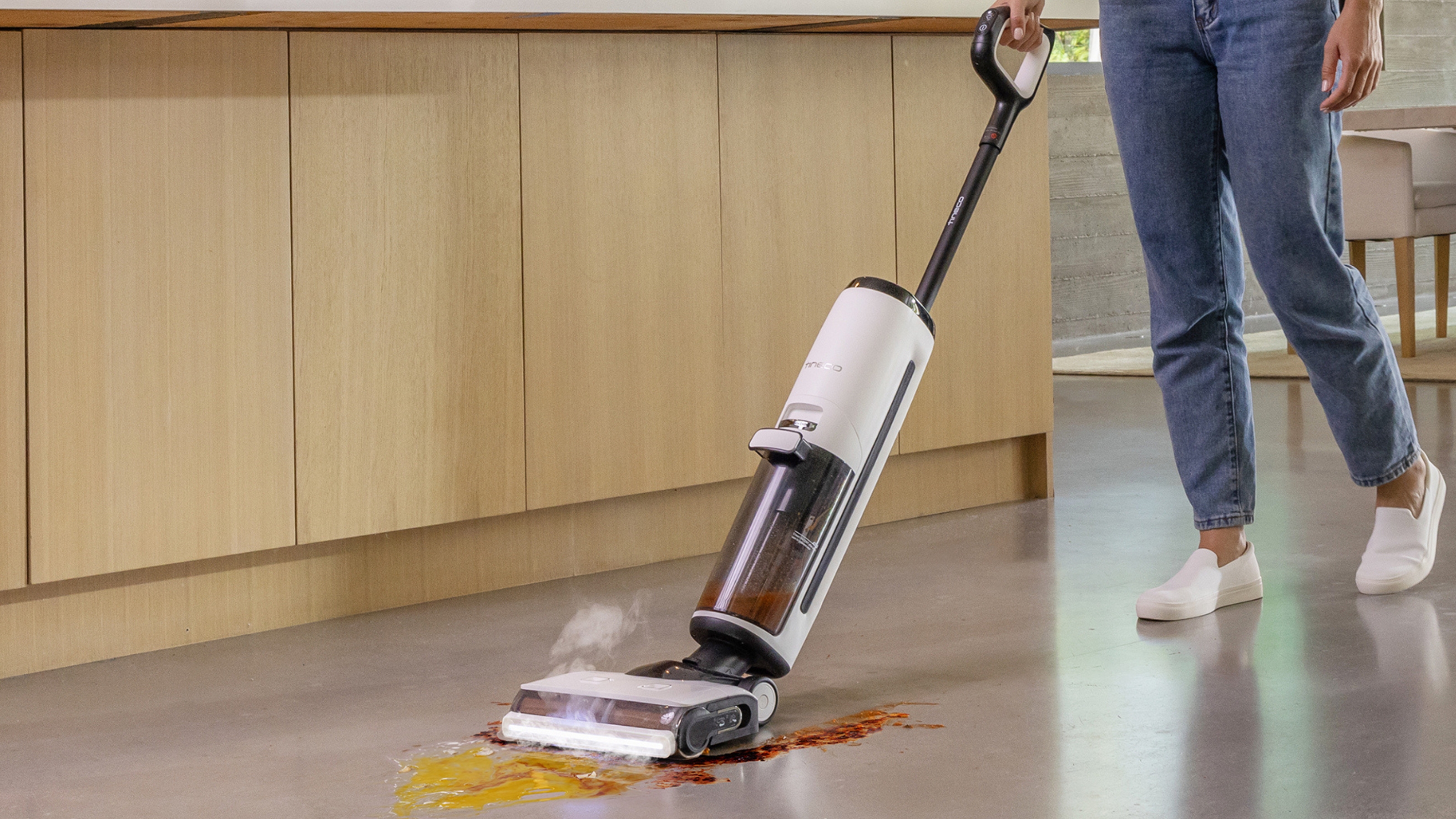

There isn't much to loathe about greenery, but knowing how to get rid of gnats in houseplants might be the only sticking point we can find with our precious flora.
As fellow plant parents, maintenance and care are at the top of our priority list, and we know frustrating it is to have these teeny critters flying about. We spoke to the experts on how best to get rid of these persistent pests and keep them away.
With nine points of guidance from our gardening pros, we'll help rid your indoor plants of gnats for good.
How to get rid of gnats in houseplants — 9 expert-backed ways
Gardening in an apartment is certainly different than growing anything outdoors. But if you thought some of nature's creepy crawlers would remain outside, far from the Chinese money plants and monstera on your shelves and tables, you're mistaken.
"Gnats are a pesky problem most plant parents will deal with at some point," says Fern Berg, plant and gardening expert and the founder of Treevitalize. "Luckily there are several ways to deal with gnats on your houseplants, and the key is making the plant’s environment less gnat-friendly."
Although they're not harmful and don't bite — most of them, anyway — gnats are a nuisance when you're trying to maintain an indoor garden. Three of the creepy crawlers you'll find in your abode include sewer gnats, fungus gnats, and fruit flies.
If you want a leafy green gloriously gnat-free, look no further.

Fern is the founder of Tree Vitalize, empowering home gardeners. She has planted and currently cares for over 100 different native and exotic fruit, nut, and ornamental trees. Given that she's on her way to becoming an IARC-certified horticulturist, you know dealing with gnats is something she has nipped in the bud.
1. Don't overwater your plants

The best houseplants for an indoor garden are not only eye-catching to you, but they're a popular hangout for pests because you've likely left the soil too moist — something they love.
"Work preventatively by allowing the top inch of soil to dry out between watering," advises Skylor Young, the co-owner and COO of The Plant Doctors.
If you're fearful of overdoing it, a mister can give your plants the proper hydration without an excess of moisture sitting in the soil.

Skylor Young is the co-owner and COO of The Plant Doctors, a women-owned business founded in 2019 in Portland, Oregon. Services include plant care for homes and businesses, as well as routine plant maintenance. (Obviously, gnats have come up at some point.)
2. Keep an eye on the soil

One of the biggest mistakes in learning how to care for houseplants, according to Stacy Ling, gardening expert and creator of Bricks 'n Blooms, is paying attention to the calendar instead of using your judgement.
Even if a houseplant needs water on a weekly basis, that doesn't mean it's the be-all, end-all. If the the soil is still pretty moist, even after a week, consider holding off for a day or two. The important thing is to pay attention to how the soil, and plant in general, looks and feels.
"Make sure you let the top few centimeters of soil dry out before re-watering your plant," Fern says. "Your plant will thank you, the gnats won’t."

Price: Was $14.99, now $7.99
Take the guessing out of watering with this accurate analog soil moisture measuring device. No batteries needed.

Stacy Ling is a gardener with over 25 years of experience. She created the blog Bricks ’n Blooms from her 1850 farmhouse located in gardening zone 6a northern New Jersey. She is the author of the forthcoming The Bricks 'n Blooms Guide to a Beautiful and Easy-Care Flower Garden.
3. Target the larvae

In order to get rid of gnats, you have to concern yourself with how they got there in the first place. Your moist soil is a breeding ground for adult gnats to lay their eggs.
"Getting the moisture levels in your plants soil right will be the first step in eliminating this annoying critter," Fern says. "A solution of one-part 3% hydrogen peroxide to four-parts water works well to kill any larvae in the soil. Wait for the top few centimeters of soil to dry out, as you would before watering, and then apply the solution."
4. Use a natural insecticide spray

If you want to kiss the gnats goodbye, try a gnat spray such as 203 Sierra Natural Science, available on Amazon for a gnat-busting boost.
This is a natural solution created from 100% pure rosemary and clove botanical extracts. Considering peppermint, thyme, and rosemary are some of the most effective natural elements for the job, you'll feel good about going this route.
5. Make your own solution

Who can resist a garden DIY? There are plenty of benefits of houseplants, so we'd recommend taking any extra steps available to help rid them of pests.
"Create your own trap using a solution of 1 tablespoon of sugar, two drops of dish soap, and 1 cup of white vinegar," Fern recommends. "Add this mixture to a small container with several small holes poked into the lid, the gnats will be able to get into the container, but not back out."
6. Use sticky traps

Garsum Fruit Fly Sticky Traps on Amazon are not only effective, water and UV-resistant, and suitable for indoor and outdoor usage, but they're non-toxic and pesticide-free.
Other brands, including Springco Yellow Sticky Traps (a small business brand on Amazon) offer cute designs to match with the plants, so why not invest in a protective method that complements your green aesthetic?
7. Use an electric fly swatter

While we can't promise the eco-friendly accolades of the Garsum Fruit Fly Sticky Traps, the GAIATOP Electric Fly Swatter on Amazon will certainly get the job done. What's more, it's suitable for indoor and outdoor gardens alike.
8. Use rotting produce

Perhaps the only thing that gnats love as much as moist soil is fruit that's gone bad. Before you throw out your apples and part ways with those squishy avocados, you can lure the pests from your houseplants with something they love before trapping them, sharpish. Sneaky!
9. Watch your surroundings

A common houseplant mistake is not being attentive to your surroundings, such as the plant's moist soil. Speaking of which, the overall environment in your house or apartment has high humidity, you might want to consider one of the best dehumidifiers on shelves for your space.
Gnats are also attracted to fruit that's turning bad, so be mindful of what's on the kitchen table, as well as food that gets caught in the drain of the sink. Though it goes without saying, make sure to take out the trash regularly.
Curious to know what type of creepy crawler is messing with your plants? We spoke to experts and learned how to identify houseplant pests so that you know what you're dealing with — and how best to get rid of them.
Join our newsletter
Get small space home decor ideas, celeb inspiration, DIY tips and more, straight to your inbox!

Pleasure to meet you! I'm Danielle, a content editor at Real Homes who loves scoping out interior trends. I've specialized in lifestyle writing and editing for 10 years with a focus on events, food, and books, among other areas. When I'm not working, I'm usually cooking, reading, or searching for a new project for my apartment.
-
 How to clean windows without streaks — 5 easy steps that cleaning pros always follow
How to clean windows without streaks — 5 easy steps that cleaning pros always followThis method on how to clean windows is favored by professional cleaners. We've asked them for the steps you should follow, plus picked cleaning buys
By Eve Smallman
-
 The latest Shark sale deals are perfect for pollen-proofing your home — with up to $150 off our favorite vacuums
The latest Shark sale deals are perfect for pollen-proofing your home — with up to $150 off our favorite vacuumsWe found the latest Shark sale deals on vacuums that are sure to be swooped up, especially as spring blooms trigger pollen allergies and we're in need of extra cleaning
By Danielle Valente
-

 Tineco Floor One S7 steam wet-dry vacuum review — spotless floors with minimal effort
Tineco Floor One S7 steam wet-dry vacuum review — spotless floors with minimal effortOur contributing editor, Camryn Rabideau, tests the Tineco Floor One S7 steam wet-dry vacuum in her New England homestead property
By Camryn Rabideau
-
 Amazon vacuum cleaners to nab during the retailer's Big Spring Sale — save up to 60% off our go-to small-space finds
Amazon vacuum cleaners to nab during the retailer's Big Spring Sale — save up to 60% off our go-to small-space findsChecking out the savings on Amazon? Vacuum cleaners are a must-buy during their first Big Spring Sale — here are our favorites up to 60% off
By Danielle Valente
-
 The Home Edit Walmart cleaning collection has just debuted with finds from $3
The Home Edit Walmart cleaning collection has just debuted with finds from $3Spring cleaning, anyone? The Home Edit Walmart cleaning collection has hit shelves with picks from $3
By Danielle Valente
-
 How to clean carpet on stairs — 3 simple steps to a spruced up staircase
How to clean carpet on stairs — 3 simple steps to a spruced up staircaseWant to know how to clean carpet on stairs? Our experts explain the simple steps to a sparkling stairway without too much elbow grease
By Andy van Terheyden
-
 The Home Depot backyard and patio cleaning supplies we're stocking up on before spring
The Home Depot backyard and patio cleaning supplies we're stocking up on before springDon't forget the outdoors when spring cleaning — The Home Depot backyard and patio cleaning buys from $11 will assist with tidying up
By Danielle Valente
-
 The Shark Detect Pro vacuum and other models are on sale for St Patrick's Day — perfect picks for your spring clean
The Shark Detect Pro vacuum and other models are on sale for St Patrick's Day — perfect picks for your spring cleanWhether you're eyeing the Shark Detect Pro Vacuum or Shark Pet Cordless Stick Vacuum, shop the St. Patty's Day sale for a discount on the best vacuums on shelves
By Danielle Valente

